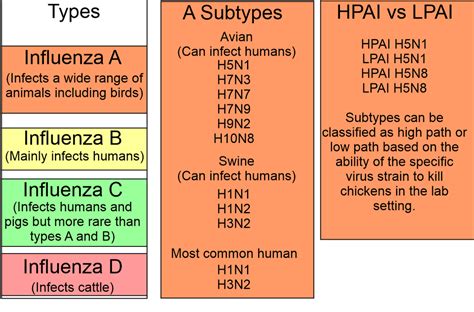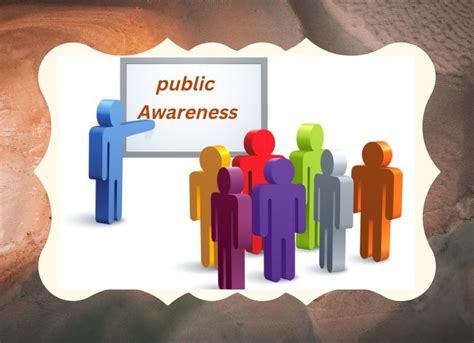Intro
The flu, also known as influenza, is a highly contagious respiratory illness that affects millions of people worldwide each year. Type A flu is one of the most common and severe forms of the flu, accounting for the majority of flu cases and hospitalizations. Understanding the importance of Type A flu and its impact on public health is crucial for developing effective prevention and treatment strategies.
Type A flu is caused by the influenza A virus, which is a type of RNA virus that mutates frequently, resulting in new strains and subtypes. This high mutation rate makes it challenging to develop a universal flu vaccine that can provide long-term protection against all strains of the virus. As a result, the flu vaccine must be updated annually to match the most common circulating strains. The flu season typically runs from October to May, with the peak season occurring between December and February.
The severity of Type A flu can range from mild to severe, with symptoms including fever, cough, sore throat, runny or stuffy nose, muscle or body aches, headaches, fatigue, and vomiting and diarrhea (more common in children than adults). In some cases, Type A flu can lead to serious complications, such as pneumonia, bronchitis, and sinus and ear infections. Certain groups, including older adults, young children, and people with underlying health conditions, are at higher risk of developing severe flu complications.
Type A Flu Subtypes

Transmission and Risk Factors
Type A flu is highly contagious and can spread through the air when an infected person talks, coughs, or sneezes. The virus can also spread through contact with contaminated surfaces and objects. Certain risk factors, such as age, underlying health conditions, and vaccination status, can increase a person's susceptibility to Type A flu. For example, older adults and young children are at higher risk of developing severe flu complications due to their weakened immune systems.Diagnosis and Treatment

Prevention and Vaccination
Preventing Type A flu is crucial for reducing the risk of infection and transmission. The most effective way to prevent Type A flu is through vaccination, which can provide protection against the most common circulating strains. The flu vaccine is typically available in the fall and is recommended for everyone 6 months and older. Other prevention strategies include practicing good hygiene, such as washing hands frequently, avoiding close contact with people who are sick, and avoiding touching eyes, nose, and mouth.Complications and Consequences

Economic and Social Impact
The economic and social impact of Type A flu can be significant, particularly during severe flu seasons. The flu can lead to lost productivity, increased healthcare costs, and decreased quality of life. In some cases, the flu can also lead to school and work closures, as well as disruptions to community and social events. Understanding the economic and social impact of Type A flu is essential for developing effective prevention and treatment strategies that can minimize the burden on individuals, families, and communities.Current Research and Developments

Global Efforts and Collaborations
Global efforts and collaborations are essential for preventing and controlling the spread of Type A flu. The World Health Organization (WHO) and the Centers for Disease Control and Prevention (CDC) play critical roles in monitoring and responding to flu outbreaks, as well as developing and distributing flu vaccines. International collaborations, such as the Global Influenza Surveillance and Response System (GISRS), are also essential for sharing data, coordinating responses, and developing effective prevention and treatment strategies.Public Awareness and Education

Future Directions and Challenges
The future of Type A flu research and prevention is focused on developing more effective and sustainable vaccines, improving diagnostic tests and treatment strategies, and enhancing global collaborations and responses. However, there are also several challenges that must be addressed, including the high mutation rate of the virus, the limited availability of flu vaccines in some parts of the world, and the need for more effective and sustainable prevention strategies.What are the symptoms of Type A flu?
+The symptoms of Type A flu include fever, cough, sore throat, runny or stuffy nose, muscle or body aches, headaches, fatigue, and vomiting and diarrhea (more common in children than adults).
How is Type A flu diagnosed?
+Type A flu is typically diagnosed through a physical examination, medical history, and laboratory tests, such as rapid influenza diagnostic tests (RIDTs) or molecular assays.
What are the complications of Type A flu?
+Type A flu can lead to serious complications, such as pneumonia, bronchitis, and sinus and ear infections. In some cases, Type A flu can also increase the risk of secondary bacterial infections, such as strep throat or bacterial pneumonia.
How can I prevent Type A flu?
+The most effective way to prevent Type A flu is through vaccination, which can provide protection against the most common circulating strains. Other prevention strategies include practicing good hygiene, such as washing hands frequently, avoiding close contact with people who are sick, and avoiding touching eyes, nose, and mouth.
What are the treatment options for Type A flu?
+Treatment for Type A flu usually involves antiviral medications, such as oseltamivir (Tamiflu) or zanamivir (Relenza), which can help reduce the severity and duration of symptoms. In some cases, hospitalization may be necessary to manage severe flu complications.
In conclusion, Type A flu is a serious and highly contagious respiratory illness that affects millions of people worldwide each year. Understanding the importance of Type A flu and its impact on public health is crucial for developing effective prevention and treatment strategies. By staying informed about the latest research and developments, as well as taking steps to prevent and control the spread of the virus, we can reduce the burden of Type A flu on individuals, families, and communities. We invite you to share your thoughts and experiences with Type A flu in the comments below, and to share this article with others who may be interested in learning more about this important topic.
